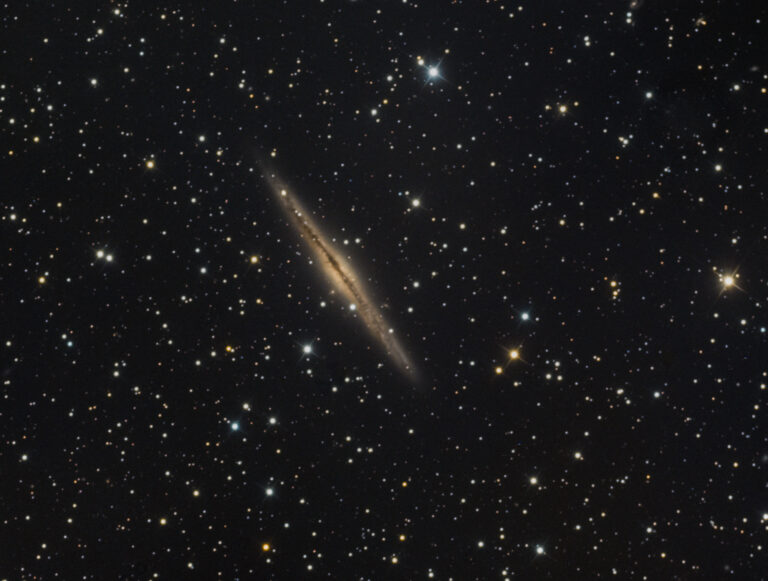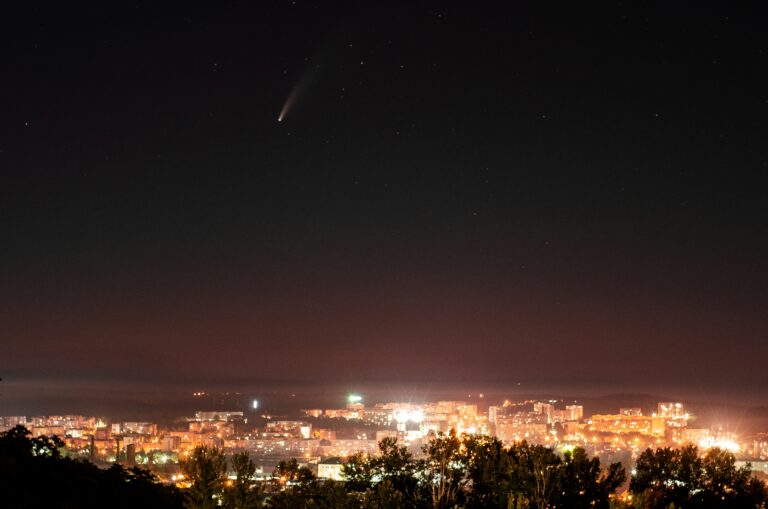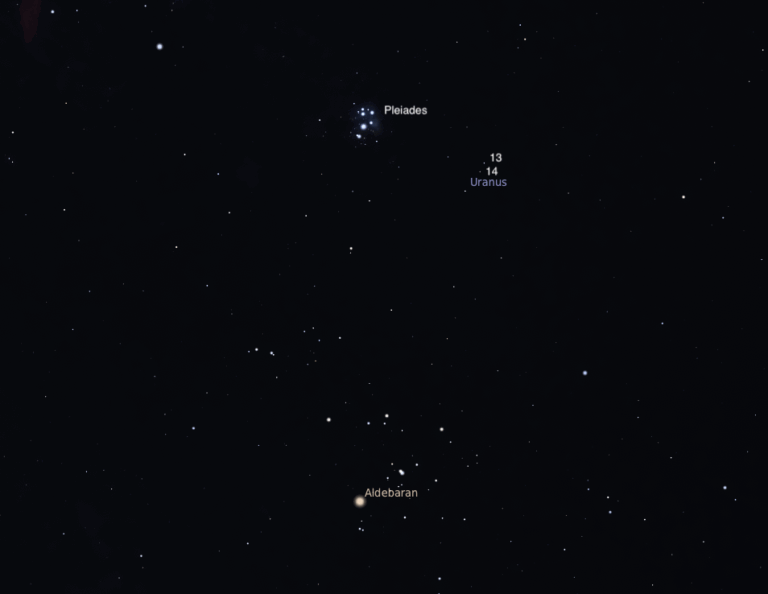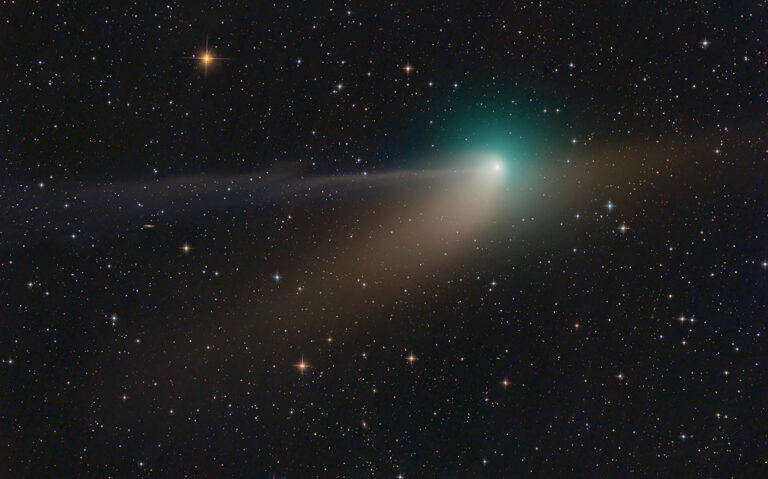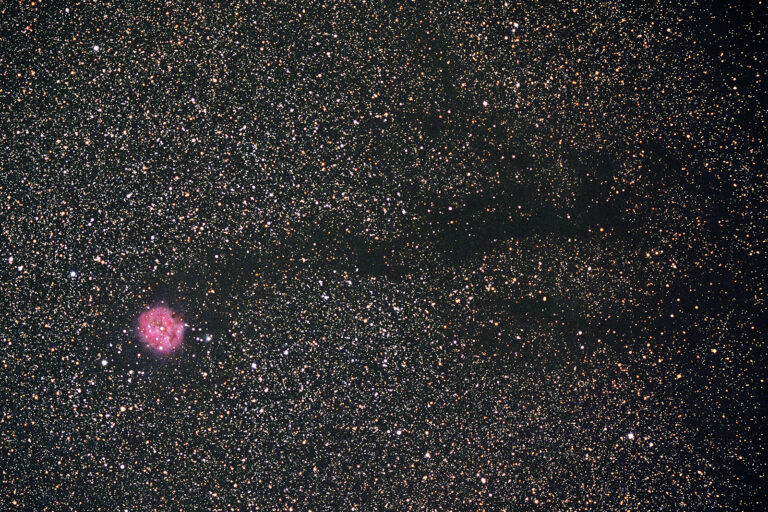
Key Takeaways:
- On November 21, Titan will transit across Saturn's disk, an event observable from the U.S. East Coast beginning around 5 P.M. EST and concluding with Titan's full departure from the limb by approximately 8:06 P.M. EST.
- Concurrently, several other Saturnian moons, including Rhea, Tethys, and Dione (all approximately 10th magnitude), will be visible, with Rhea emerging from behind Saturn's eastern limb around 5:40 P.M. EST.
- A distinct observational phenomenon will occur around 9:45 P.M. EST, when Dione and Rhea will undergo an apparent visual merger for observers as they pass each other.
- Saturn will be prominently located in the southeastern sky, approximately 40 degrees above the horizon an hour after sunset, with specific astronomical ephemeris data provided for a reference location (40° N 90° W).
Looking for a sky event this week? Check out our full Sky This Week column.
November 21: Uranus reaches opposition
Titan transits the face of Saturn this evening, already crossing the disk as darkness falls.
Target Saturn as soon as you’re able; it’s the brightest light in the southeastern sky, about 40° high an hour after sunset. Titan appears midway across the disk not long after 5 P.M. EST, visible only to observers on the U.S. East Coast, though the sky may still be bright. An hour later, the sky is just starting to darken for the Midwest, with Titan more than halfway along its trip toward the western limb.
By 7 P.M. EST the planet should be easily visible from the eastern half of the country, with darkness starting to fall in the Mountain time zone. Titan is still visible on the disk, but will reach the limb and begin to leave around 7:50 P.M. EST. The large moon takes some 16 minutes to fully slip away from the disk.
Also visible are some of Saturn’s smaller moons: Rhea, Tethys, and Dione, all around 10th magnitude. Rhea is hidden behind Saturn early in the evening, but emerges from behind the eastern limb around 5:40 P.M. EST. After that, it appears east of Saturn, moving away from the planet as the hours pass. Farther east is Dione, while Tethys lies to Saturn’s west.
Dione is moving west even as Rhea is moving east. Around 9:45 P.M. EST, the two moons pass each other, appearing to briefly merge into one for visual observers.
Sunrise: 6:53 A.M.
Sunset: 4:38 P.M.
Moonrise: 9:24 A.M.
Moonset: 6:06 P.M.
Moon Phase: Waxing crescent (8%)
*Times for sunrise, sunset, moonrise, and moonset are given in local time from 40° N 90° W. The Moon’s illumination is given at 10 P.M. local time from the same location.

